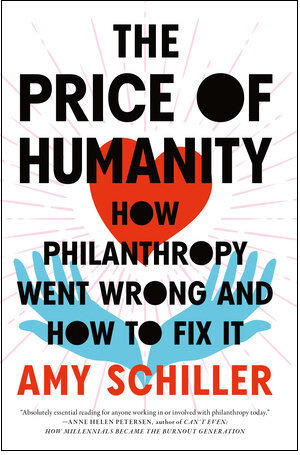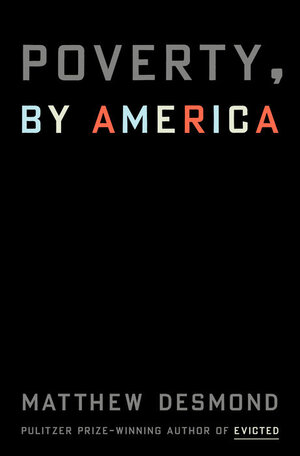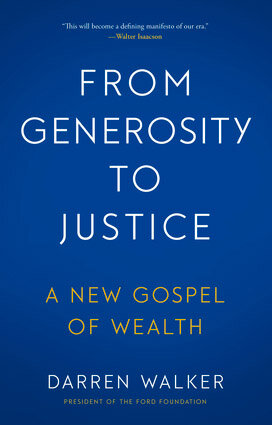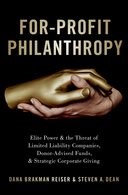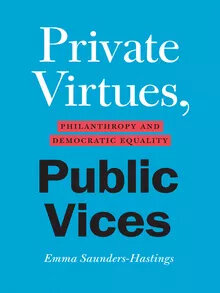The Price of Humanity: How Philanthropy Went Wrong and How to Fix It
“Storytelling” has been a buzzword in nonprofit communications strategies for some time now; every fundraising appeal comes with a heart-wrenching story of an individual whose life is at stake—with name, age, and color photo—designed to “humanize” her in the eyes of the potential donor in ways that faceless masses in need cannot. In The Price of Humanity: How Philanthropy Went Wrong and How to Fix It, Amy Schiller writes that, to the contrary, such appeals dehumanize the beneficiary, for “this flattened suffering gets broken down into a magic number, the minimum financial increment that can turn every potential donor into a lifesaving hero.”
What’s wrong with encouraging donors to become “a lifesaving hero”? How does today’s Western philanthropic model come at “the price of humanity”? First, Schiller argues, 21st-century philanthropy’s obsession with “return on investment” (ROI)—as measured by the number of lives saved, “quality-adjusted life years” added, and/or “healthy and productive lives” supported per dollar—reduces humanity to a market value. Human life is not only about physical survival but also “a state of flourishing [that] aimed beyond sustenance into the actual opportunities people had to excel, create, and enjoy life with others.” Second, the benefits of giving largely accrue to the donor, not only in tax benefits but also in the sense of agency, power, and self-satisfaction at being “a lifesaving hero.”
A journalist, academic, and fundraising consultant, Schiller is critical of all of us who have bought into, enable, and perpetuate this model of giving—in part by lauding mega-funders of ROI-focused lifesaving and poverty-fighting efforts such as the Bill & Melinda Gates Foundation and Robin Hood and the proponents of Effective Altruism, as well as by participating in the “marketized” philanthropy of (RED), FEED, and TOMS, for example. Lives must be saved, of course, and basic needs must be met. Schiller goes back to the Greeks and Romans to point out that ensuring that each citizen was clothed, fed, and sheltered was once a civic duty to the benefit of all. According to her, it was Augustine who promoted saving the poor as a “useful” means to the giver’s own salvation: “The poor to whom we give alms! What else are they but porters through whom we transfer our goods from earth to heaven?” Combined with a focus on ROI, contemporary philanthropy has become a kind of “profit-seeking venture,” she writes.
Dismayed at this utilitarian view of giving, with its emphasis on dehumanizing numbers and un-civic–minded incentives, Schiller calls for not focusing solely on survival but enabling human flourishing. At times her analyses seem deliberately oversimplified for the sake of being provocative; proponents of Effective Altruism would no doubt be horrified by her comparison of their calculations to the way slaves were assigned dollar values for their labor potential. But mostly in down-to-earth, chatty (sometimes digressive) prose, with headings like “The Gateses of Heaven,” Schiller argues that it is government’s job to provide for the basic welfare of all citizens, while philanthropy’s job is to enable human flourishing beyond physical well-being—a feeling of “freedom.”
21st-century philanthropy’s obsession with “return on investment” (ROI)—as measured by the number of lives saved, “quality-adjusted life years” added, and/or “healthy and productive lives” supported per dollar—reduces humanity to a market value.
Even Gilded-Age robber-baron philanthropists like Andrew Carnegie, who overworked and underpaid laborers, funded libraries, schools, and museums. She defends the gifts that poured in from the ultra-wealthy for the restoration of Notre Dame de Paris cathedral against the backlash that the funds could have helped the poor and unhoused, for “it was a moment of collective joy and meaning,” with millions of people around the world making small donations in the name of culture, history, and spirituality. “Rather than viewing poverty and cathedrals in zero-sum, mutually exclusive relations, we should embrace a more interdependent, complementary relationship between the two,” she writes.
Schiller’s heroes are Hull House founder Jane Addams and basketball star LeBron James, who rejected utilitarianism to embrace “freedom” as essential for human potential to flourish. In addition to direct services and housing, Hull House offered education, art, and culture, for Addams was determined to create “a cathedral of humanity, capacious enough to house a fellowship of common purpose…beautiful enough to persuade men to hold fast to the vision of human solidarity.” James chose to work with the Akron public school system to open the I Promise School and offers its students bicycles in addition to a rigorous education and wraparound services. Schiller notes that if Addams, a rich white woman, had to grapple with “the irreconcilability of humanism and capitalism,” James, a Black superstar without generational wealth, faces even greater complications. It is their “resolute commitment to the whole human” that Schiller most admires.
As for addressing poverty, even philanthropy on the scale of MacKenzie Scott’s can only “offset, but do not prevent” structural injustice, Schiller writes, which requires “public policy that limits the power of wealth, rather than the goodwill of philanthropists.” Basic needs should be understood as “formal rights and entitlements,” yet under current regulations (or the lack thereof), philanthropy deprives government of the funds to provide for basic welfare.
Schiller’s heroes are Hull House founder Jane Addams and basketball star LeBron James, who rejected utilitarianism to embrace “freedom” as essential for human potential to flourish.
So what is Schiller’s solution for fixing philanthropy so it provides opportunities for us to feel “more human”? First, we must make philanthropy affordable for everyone, not only by reforming the tax policies—by changing the deduction to a credit or implementing a progressive sliding scale—and regulating donor-advised funds to prevent tax avoidance, but also by raising the minimum wage. The poor have always given to charity, often more generously than the rich, but it has become increasingly difficult. Second, philanthropy should work in solidarity with the public sector, as Addams and James did, and support local libraries, parks, arts organizations, and other infrastructure that foster democratic participation. Third, we must embrace “magnificent philanthropy,” per Aristotle, using money to help others flourish.
The book falls short of proposing a realistic plan for “how to fix it,” however, given that the solutions require tax policies and regulations—for which there is little political will—and on significant culture change. “The real project is to make sure government has both the funding and the spending priorities required to guarantee a basic dignified life for all,” she writes. But until then, it would seem that philanthropy must remain “an inadequate and patronizing replacement.” Still, for all her caustic chiding of self-serving philanthropists, those who are single-mindedly obsessed with numbers, and those who are resigned to such practices as “a necessary evil,” Schiller offers a refreshing vision of what true “love of humanity” could look like.
Kyoko Uchida is managing editor at Philanthropy News Digest.


